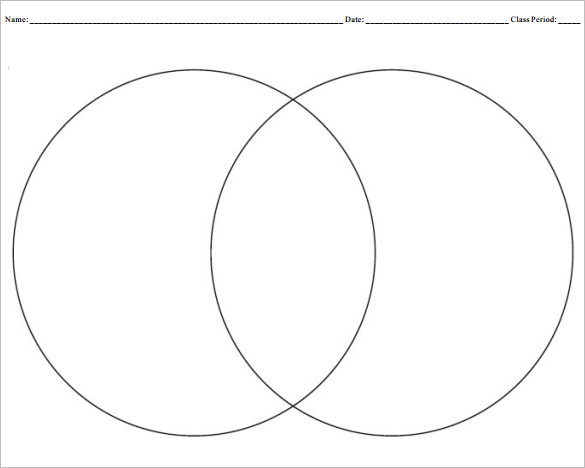Students in this class will be investigating the inquiry question 'How can I participate in my community?' Their Civics and Citizenship learning will begin with a teacher-led whole group discussion about ‘What different ways can people participate in their community?’ This can include recycling activities or service to older members of society. The students then read an article (Big Green Chair) (Milsom, 2014) about a portrait artist who uses her skills to connect with the community. Through reading, students see how this project impacts members of the community. Students use information gathered from the whole group discussion and news article to design questions for an interview. Students will interview family members, family friends and members of the community to gain an insight into what it means to participate in the community, why people participate, and importantly, how this can be influenced by cultural diversity. Your participation and support in this would be greatly appreciated. For example, if your child is planning to interview members of the community, it would be appropriate for you to help organise these interviews and be with your child while the interview takes place. Furthermore, helping the student to find members of the community with a different cultural background to their own would ensure they accomplish the ‘cultural diversity’ aspect of the learning.
 |
| (De Peak, 2014) Remember to visit the article here: The Big Green Chair (Milsom, 2014). |
Through this, students evaluate and reflect on the information gained from others and share their findings in an oral presentation. In this presentation, students are provided with the opportunity to draw conclusions and suggest ways in which they can participate in and contribute to their community. By completing this, students should have a deepened understanding of their own identity and the world they live in while appreciating the cultural diversity of their community (ACARA, 2017).
As a reflection on their learning, students will brainstorm ways in which the class can actively participate within the local community. Then the class will participate in a clean-up of rubbish in Heritage Forest as part of Clean Up Australia Day. Parents/guardians are welcome to participate in this. As a reflection of this excursion, students will discuss how this activity has involved active citizenship and compare this with other the culturally diverse activities they have found throughout the process.
 |
| (ACARA, 2013) |
| (ACARA, 2017) Remember you can click on the image to enlarge it. |
Through the inquiry question “How can I participate in my community?” students pose questions to investigate why others participate in their community and how a person’s identity and culture is influenced by this.
| (ACARA, 2017) |
At our school, we see value in young people being actively involved in their local community in purposeful ways. The development of civic knowledge can occur in the classroom and through programs made to involve students, teachers and parents in the community (Gordon & Tudball, 2017). Active student participation is important in enabling students to be creative and reflect about activities they are involved in (Leighton, 2012).
 |
| (Ministerial Council on Education, Employment, Training and Youth Affairs [MCEETYA], 2008) |
Regards,
Mr Hudson
Mr Hudson
References
Australian Curriculum, Assessment and Reporting Authority (ACARA). (2013). Draft Years 3-10 Australian Curriculum: Civics and Citizenship. Retrieved from: http://consultation.australiancurriculum.edu.au/Static/docs/HSS/Draft%20Years%203%20-%2010%20Australian%20Curriculum%20-%20Civics%20and%20Citizenship%20-%20May%202013.pdf
Australian Curriculum, Assessment and Reporting Authority (ACARA) 2017. F-10 Curriculum: Version 8.3. Retrieved from: https://www.australiancurriculum.edu.au/f-10-curriculum/humanities-and-social-sciences/hass/
De Peak, S. (2014). NCH Weekend Magazine [Image]. Retrieved from https://www.theherald.com.au/story/2196464/newcastle-faces-drawn-in-kates-big-green-chair/
De Peak, S. (2014). NCH Weekend Magazine [Image]. Retrieved from https://www.theherald.com.au/story/2196464/newcastle-faces-drawn-in-kates-big-green-chair/
Gordon, K., & Tudball, L. (2017). Teaching for active and informed citizenship. In R. Gilbert & B. Hoepper, Teaching Humanities & Social Sciences: History, Geography, Economics and Citizenship in the Australian Curriculum (6th ed., pp. 327-351). South Melbourne: Cengage Learning Australia Pty Limited.
Leighton, R. (2012). Teaching citizenship education: A radical approach. London: Continuum International Publishing Group.
Milsom, R. (2014, April 4). Newcastle faces drawn in Kate's big green chair. Newcastle Herald. Retrieved from https://www.theherald.com.au/story/2196464/newcastle-faces-drawn-in-kates-big-green-chair/
Milsom, R. (2014, April 4). Newcastle faces drawn in Kate's big green chair. Newcastle Herald. Retrieved from https://www.theherald.com.au/story/2196464/newcastle-faces-drawn-in-kates-big-green-chair/
Ministerial Council on Education, Employment, Training and Youth Affairs. (2008). Melbourne Declaration on Educational Goals for Young Australians. Retrieved from http://www.curriculum.edu.au/verve/_resources/National_Declaration_on_the_Educational_Goals_for_Young_Australians.pdf



Hi Jesse,
ReplyDeleteThere is some really good stuff in here. I particularly like that parents are involved right throughout the unit, not just at the end. Only a couple of points to make: I couldn't really access the case study easily, and the blog may be a little bit formal in tone. This is really a matter of personal preference though, maybe just addressing the blog post actually to the parents would be enough. Overall though I like it, there are a lot of activities discussed here but I think that you manage to keep a handle on it all.
Cheers,
Matt.
Thanks Matt, appreciate your comments and can definitely improve it. Cheers
DeleteHi Mr H,
ReplyDeleteReally like how involved you get the parents, great way to have them involved with their child's education. Would love to see you address the parents a little more directly. Content in the blog is really good, i like the activities, interviews, clean-up Australia day. These are activities that will really have the students engaged and learning. Nice Blog.
Cheers,
Mr B.